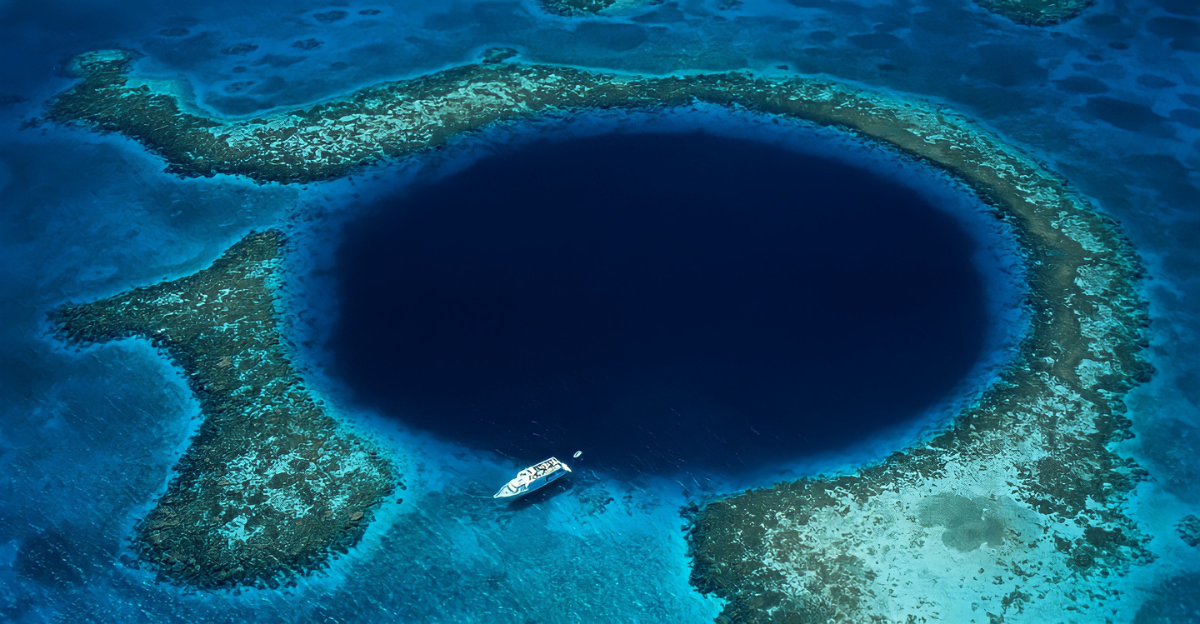
With the world constantly changing, climate warming, and oceans facing more challenges, new threats pop up every single day. A mysterious cold spot in the North Atlantic Ocean, persisting for over a century despite global warming, has been definitively linked to weakening a critical ocean current system.
This anomaly, known as the North Atlantic Warming Hole (NAWH) or “cold blob,” defies rising ocean temperatures by cooling waters south of Greenland. The big question is, why would there be a cold blob in the ocean in the first place?
Everything You Need To Know About the Cold Blob

This mystery blob is known as the North Atlantic Cold Spot or the North Atlantic Warming Hole (NAWH). This anomaly was first noticed south of Greenland because it defied the global ocean warming trend. It maintained a stubbornly cooler temperature by as much as 0.5°F over the past century while surrounding waters kept warming.
This anomaly has puzzled researchers for decades, but recent research analyzing over a century of temperature and salinity data has pinpointed why. A long-term weakening of the Atlantic Meridional Overturning Circulation (AMOC) regulates climate across the Northern Hemisphere. “People have been asking why this cold spot exists,” said climate scientist Wei Liu. “We found the most likely answer is a weakening AMOC.”
The AMOC’s Climate-Regulating Role
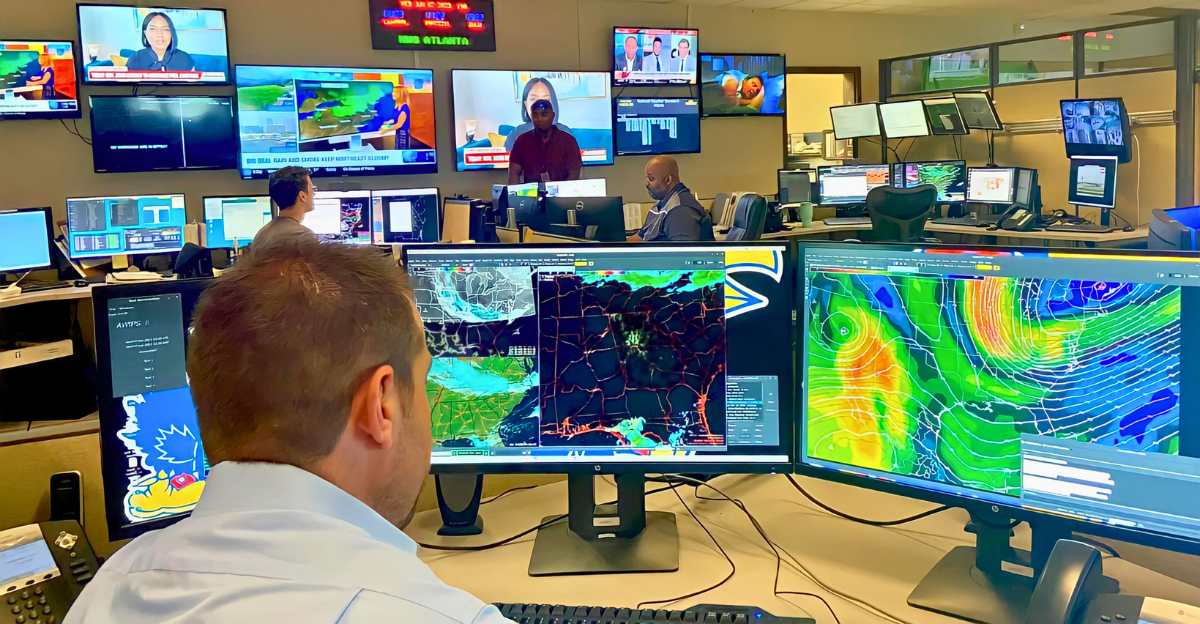
This remarkable system plays a major role globally as a climate regulator by redistributing heat and nutrients. This incredible system of ocean currents transports warm, salty water from the tropics northward along the surface of the Atlantic while simultaneously sending colder, deeper waters back south.
By moving an immense volume of water and heat, the AMOC is mainly responsible for the mild winters in northwestern Europe and helps shape rainfall patterns in regions as far as Africa, India, and America.
Getting to the Bottom of the Century-Old Mystery
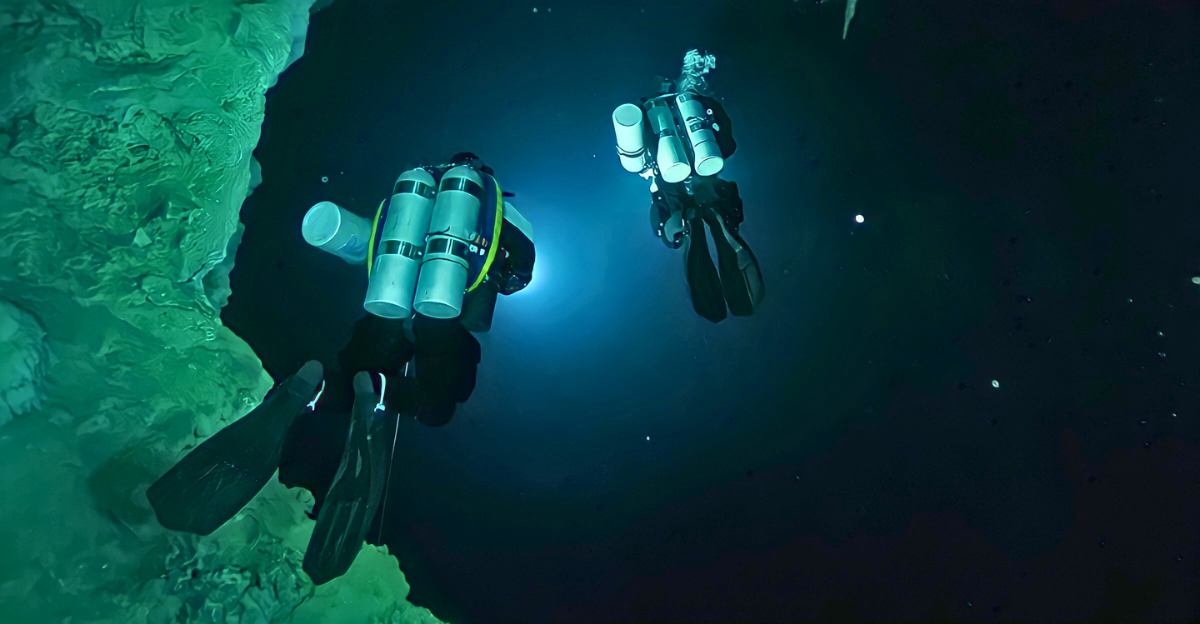
This cold patch in the North Atlantic has had researchers on their toes for over a century. Some researchers suspected ocean dynamics, while others pointed to atmospheric influences like aerosol pollution as the cause. By analyzing more than 100 years of ocean temperature and salinity data, researchers found that only a long-term weakening of the AMOC could explain the observed cooling and freshening in this region.
“We don’t have direct observations going back a century, but the temperature and salinity data let us see the past clearly,” Liu said. “This work shows the AMOC has been weakening for more than a century, and that trend is likely to continue if greenhouse gases keep rising.”
Why the AMOC Weakening Causes the Cold Blob
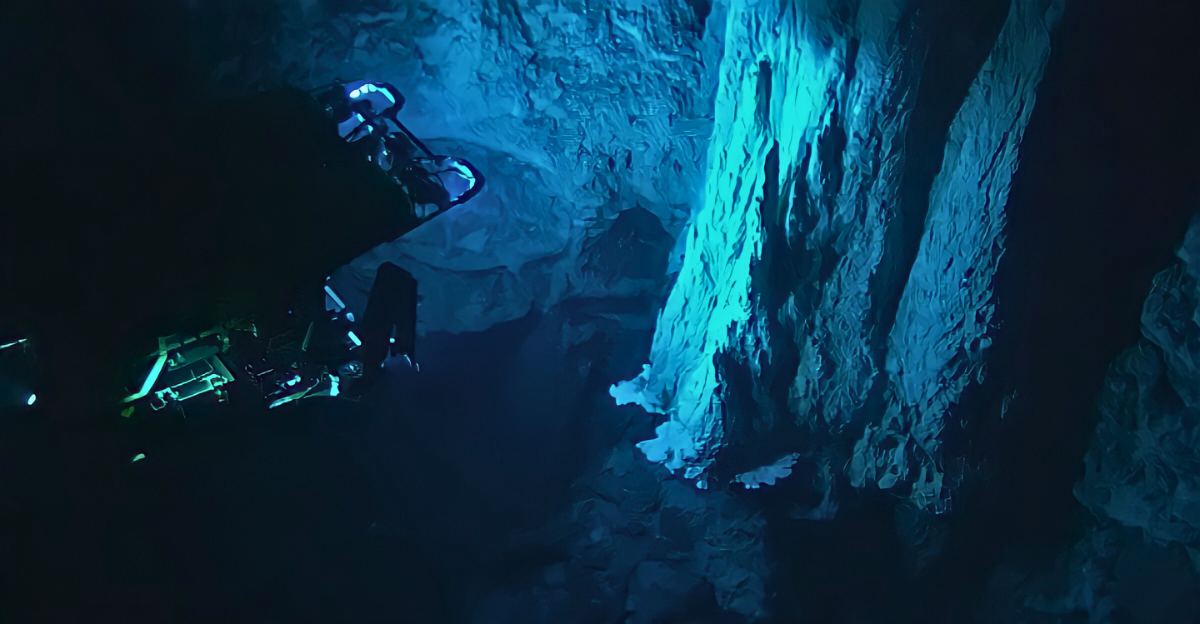
A weakened AMOC reduces the northward transport of warm, saline tropical waters, meaning more heat is lost from the region than replenished. This causes a full-depth oceanic cooling that manifests most prominently at the surface as the “warming hole.” Diminished salt transport and increased freshwater from melting ice and precipitation drive salinity reduction, worsening the density-driven sinking that powers the AMOC itself.
“The AMOC is projected to slow down as a response to increasing greenhouse gases in the atmosphere,” said Daniel Whitt, an oceanographer at the National Center for Atmospheric Research.
Regional Climate Consequences

The consequences of the North Atlantic cold spot are already being felt across the ocean and surrounding continents. The cooling and freshening of waters south of Greenland disrupt the normal flow of heat and salt and alter weather patterns in Europe and North America. This can lead to more unpredictable and extreme weather events.
“Anthropogenic climate change changes the circuitry of the climate system,” said Kristopher Karnauskas, an oceanographer at the University of Colorado Boulder. “The cold blob is an interesting manifestation of the peril we’re bringing on.”
Global Sea Level Implications
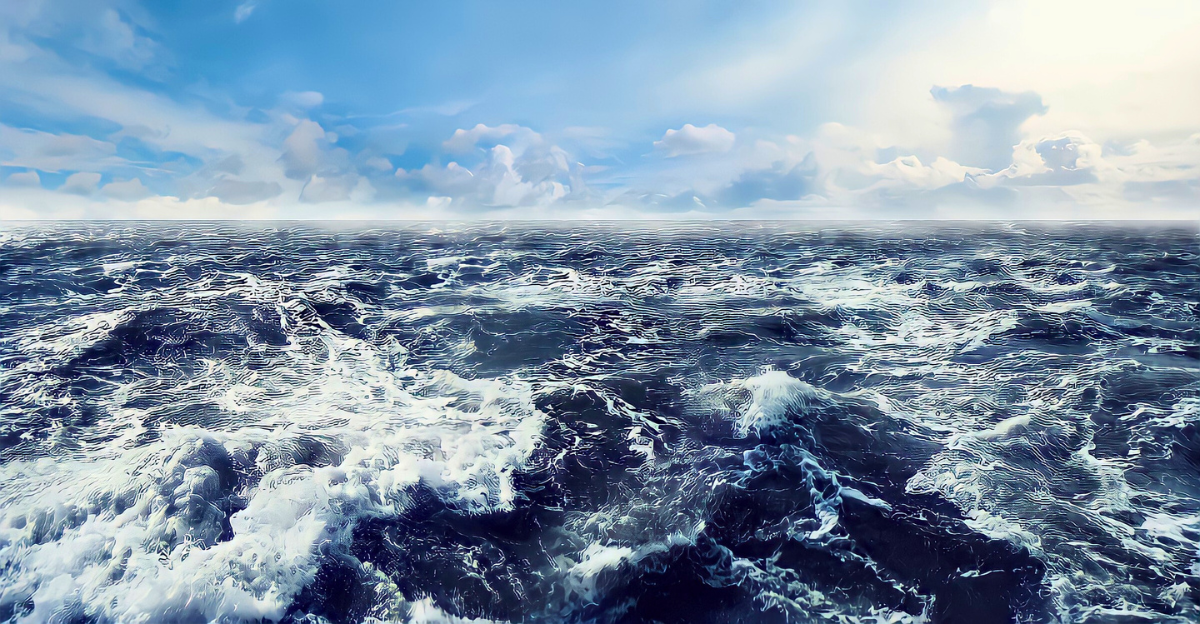
This incredible system drastically affects global sea levels, particularly in the subpolar North Atlantic (SPNA) region. As the AMOC slows, it leads to a rapid rise in sea level in the SPNA, up to 1.5 times faster than the global average during periods of increased atmospheric carbon dioxide.
On the other hand, when the AMOC recovers or strengthens, the SPNA can experience a much faster sea level decline, up to 4.5 times faster than the global trend.
Future Projections of the Weakening
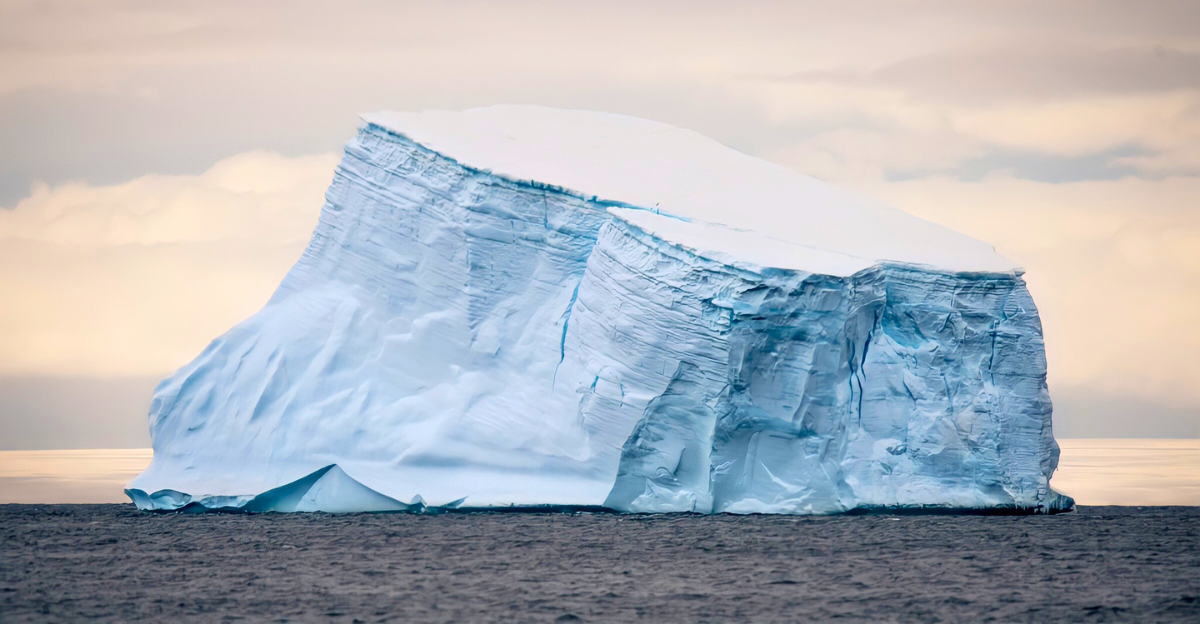
Looking ahead, recent research suggests that while the Atlantic Meridional Overturning Circulation (AMOC) will weaken due to ongoing climate change, the decline is likely to be limited rather than catastrophic. In recent studies, real-world measurements and refined modeling techniques indicate the it will weaken by approximately 18 to 43 percent by the end of the 21st century. While this weakening is pretty severe, it is far from the near-collapse projected by some earlier climate models.
“Our results imply that, rather than a substantial decline, the AMOC is more likely to experience a limited decline over the 21st century — still some weakening, but less drastic than previous projections suggest,” says David Bonan, lead author of the study and a UW postdoctoral research fellow.
Monitoring Challenges and Scientific Advances
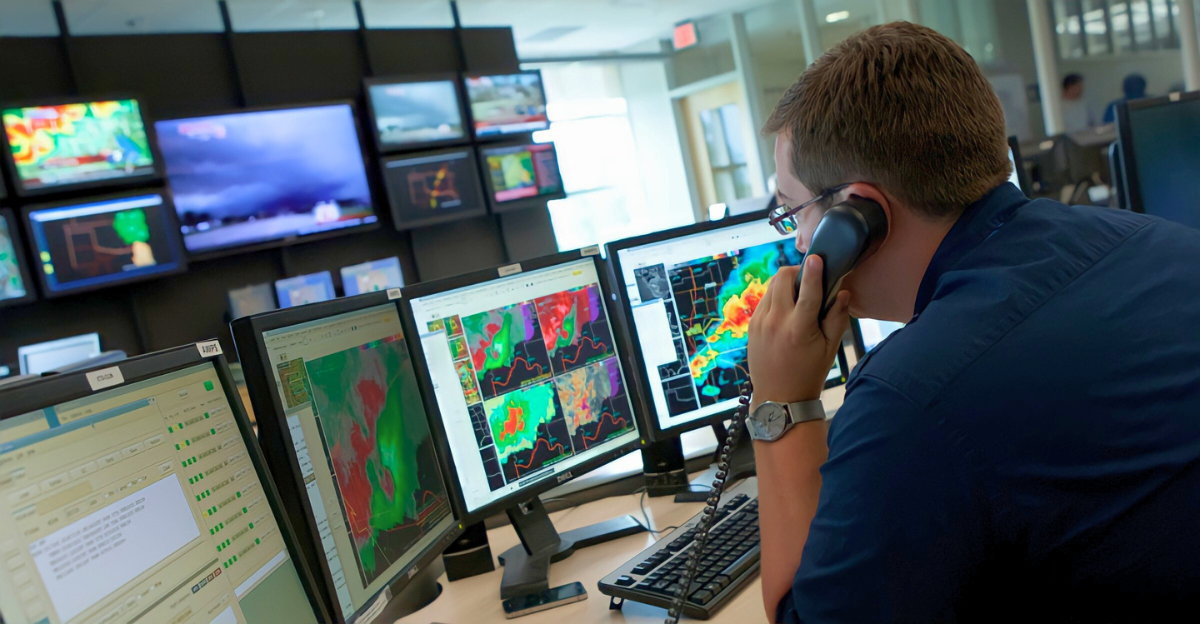
Thanks to constant advancement in research opportunities and technology, it’s easier than ever to monitor these systems. Observation networks like the RAPID-MOCHA and the Subpolar North Atlantic Program (OSNAP) have provided invaluable, continuous data on AMOC strength and variability since the early 2000s.
Scientists are using various technologies to monitor ocean temperature, salinity, currents, and sea surface height across vast and remote areas to better understand these changes.
Broader Climate System Implications
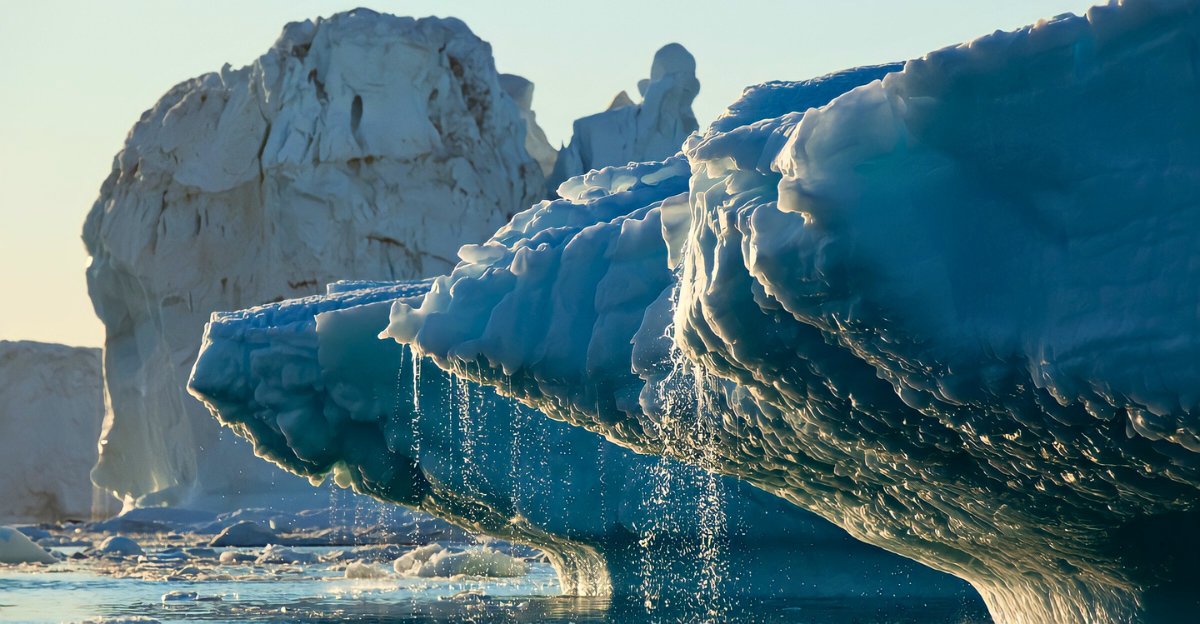
The cold blob is a perfect example of how simple-looking anomalies can be a sign of global disruptions. Oceanographer Paul Keil warns that as heat shifts away from the North Atlantic, it likely accelerates warming elsewhere through complex feedback loops.
A slower AMOC reduces the ocean’s capacity to absorb atmospheric CO₂. When the circulation weakens, less carbon dioxide is transported to deep ocean layers, leaving more greenhouse gases in the atmosphere. This creates a dangerous feedback loop: increased CO₂ accelerates global warming, further melting Greenland’s ice sheets and adding freshwater that weakens the AMOC even more. It’s an ongoing cycle that can affect multiple systems in the ocean, precisely the way the Cold Blob had been.
.







